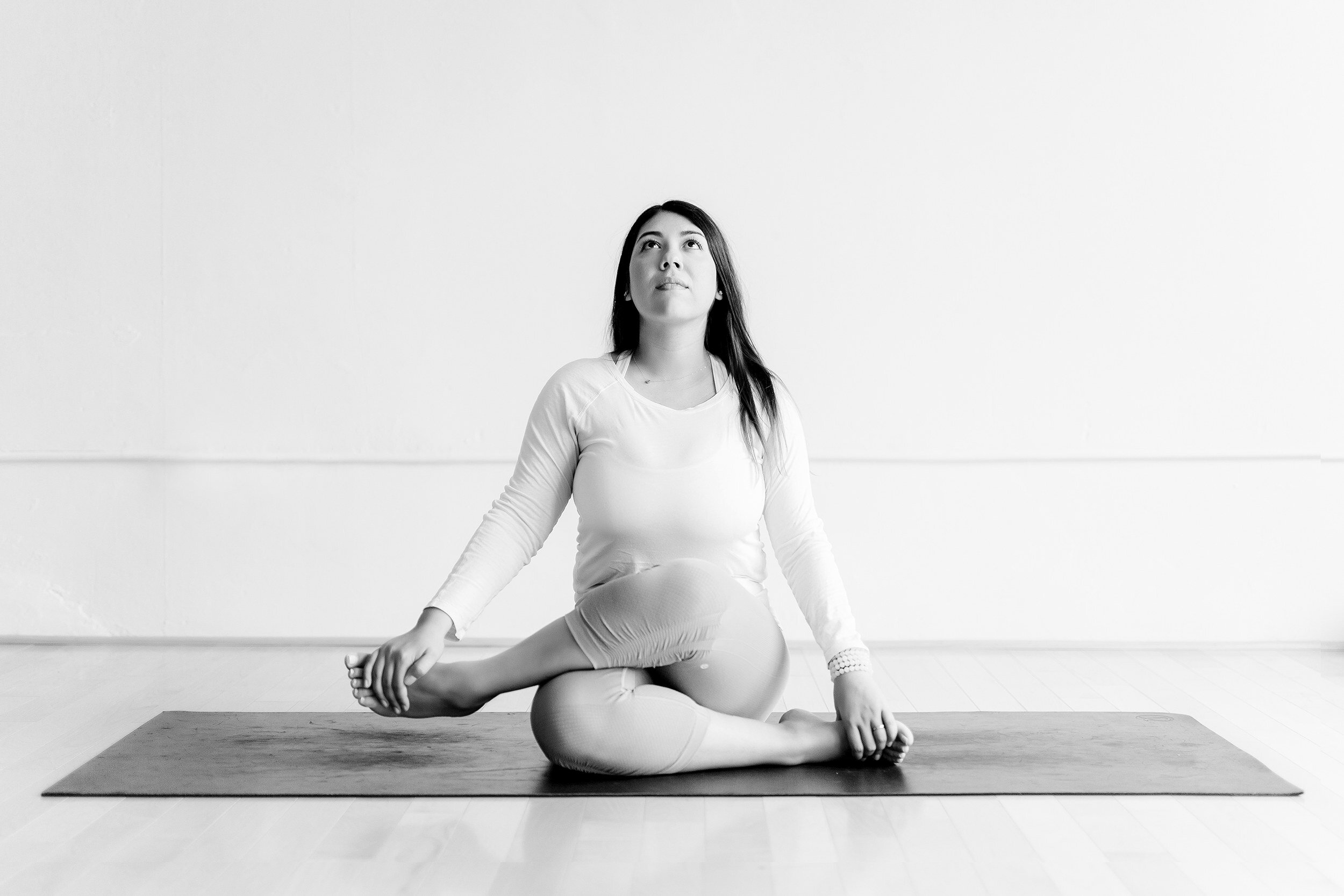Yoga Styles pt 3 anusara, restorative, prenatal, yoga fusion
Hatha yoga, Iyengar, Yoga, Vinyasa Yoga, Naked Yoga, Ashtanga yoga, um, can I just take a yoga class? With all the different schools of yoga it can be really confusing to know what’s what. Here’s a breakdown of some of the more popular yoga styles. We’ve done all the digging and all the research to bring you the best “Yoga styles Breakdown” list on the Internet.
Anusara:
New kid on the block, Anusara was started in the late 90’s by a sometimes, too friendly yogi, John Friend (see what I did there?). Friend has been at the center of a sex scandal that cast a negative light on this style of yoga, causing many to stop calling themselves Anusara devotees. However, the fundamentals of this style are still pretty rad. Based in the Hatha style and heavily influenced by Iyengar Yoga, it emphasizes alignment and the self. Anusara teachers wont be coming around and adjusting you in and out of poses, instead they give very clear verbal cues focusing on certain feelings within the body so that the yogi will self-correct their alignment based on their own body. Derived from Tantra yoga, Anusara believes that all beings are inherently good and emphasizes bringing the lessons learned in yoga into every day life. These classes are usually light hearted, fun and challenging as they focus on alignment and a Vinyasa style flow.
Kundalini:
Using meditation, pranayama, mantra chanting, and asana, Kundalini seeks to awaken the Kundalini energy that lies within us all. Kundalini is a Sanskrit word meaning “coiled up” or “coiling like a snake” that’s why you will frequently see a serpent in context with this style. It seeks to raise the prana, or energy, lying dormant in our root chakra located at the base of our spine upward through the seven chakras. The goal of this style is to build physical vitality to increase consciousness. This won’t look like your regular class and it doesn’t feel like one either. Yogis frequently speak of having a “Kundalini experience” and likening it to a body orgasm. Sound intense? It is, and it is important, like in all forms of yoga, to find a qualified practitioner to lead you. Just as a Vinyasa teacher can hurt your knees or back if they don’t know what they are doing, so too can an unqualified Kundalini teacher mess with your more subtle energy. If you are interested in taking your yoga practice to the next level and exploring more than just physical asana, Kundalini is a great place to start.
Prenatal:
Specifically designed for the expectant mother, pre-natal yoga is great for those with an established yoga practice or for those new to the game. These classes are gentle and restorative but also build strength in the body to aid in post partum recovery. Prenatal classes can ease the pain and discomforts associated with pregnancy and are a place to feel a bonding, not only between you and baby but also between your fellow comrades in future momma-hood
Restorative:
Restorative yoga is what I imagine heaven to be like. Making use of props like blocks, bolsters, straps, and blankets, these strategically placed aids are used to hold up and cushion the body for the length of the pose allowing gravity to do all the work. Restorative is all about relaxing the mind and the body. In this passive style each pose is held for extended periods of time (up to twenty minutes) and in one class you may only get into three or four poses. Many times teachers leading the practice will guide you in a meditation or visualization so that you don’t fall asleep, a tempting unproductive way to spend your time here. You leave this practice feeling calm, relaxed, and restored- hence the aptly named moniker.
Yoga Fusion:
Yoga fusion studios and classes are popular these days and just as fusion cuisine can be fun and exciting, so can fusion yoga bring a breath of fresh air to the scene. With so many people getting dogmatic in their yoga practice, sometimes it can be a bit daunting to the new, or even seasoned, practitioner. A reminder that yoga can be anything so long as it’s done with breath, intention, and focus, yoga fusion classes blend yoga with many different activities. Each bringing it’s own twist to the ancient practice.
Acro yoga: Combining yoga and acrobatics is done with two people- One base, and one flyer. The base holds the flyer while they do yoga in the air forgoing a mat for the base’s legs, feet, arms, or hands. Challenging, fun, and intimate this style of yoga requires a lot of trust between teams. Great for couples, friends, or family members to build confidence and strength all while practicing and reaping the benefits of yoga.
Naked yoga: pretty much a self-explanatory style, yoga… in the buff. But just as the nudism movement has more at it’s core than naked people, so does this style emphasizing freedom from all things, clothes included.
Aerial yoga: practiced on silks suspended from the ceiling instead of sticky mats, this style blends aerial acrobatics with traditional yoga poses
Whatever yoga you choose to practice, know that all styles are just different roads to the same end. Yoga Asana is traditionally used to prepare the body for meditation. It is a tool we can use to work out our issues physically so that we may get to the next level. No one style is the “right” way to practice yoga, tailoring your practice to your specific needs ensures that you follow what is right for you. I encourage you to try as many different classes and teachers as you can, even once you find a practice that speaks to you. You never know what you will and won’t like and you never know when you will and won’t like it. Good luck on the journey
Namaste, friend
